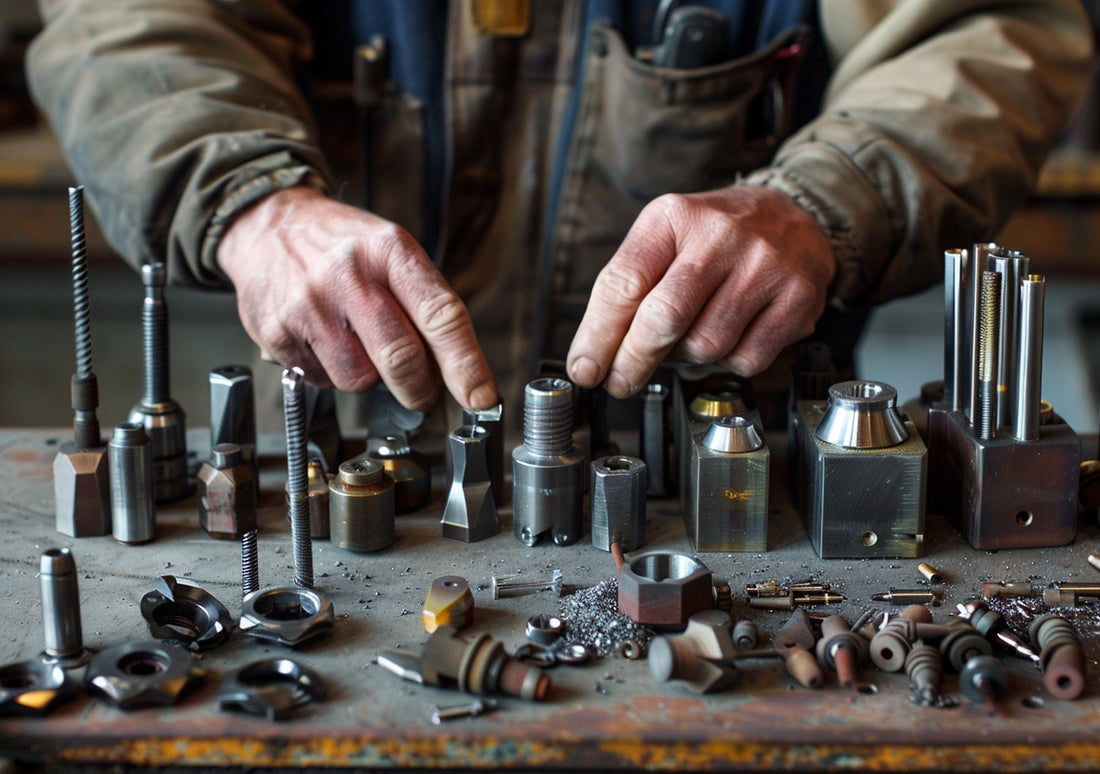
Selecting the Perfect Carbide Burr: Material Considerations
Share
Introduction:
Choosing the right carbide burr is essential for achieving optimal results in your cutting, shaping, and grinding tasks. One of the key factors to consider is the material you'll be working with. In this guide, we'll explore the importance of material considerations when selecting carbide burrs and provide valuable insights to help you make the best choice for your specific application.
Understanding Material Considerations:
1. Ferrous vs. Non-Ferrous Materials:
- Ferrous Materials: Including steel, stainless steel, and cast iron, are known for their hardness and toughness. When working with ferrous materials, it's essential to choose carbide burrs specifically designed for high-performance cutting and grinding in these challenging materials.
- Non-Ferrous Materials: Such as aluminum, brass, and copper, are softer and more ductile compared to ferrous materials. Carbide burrs optimized for non-ferrous materials offer efficient material removal and superior surface finish without clogging or loading.
2. Hardness of the Material:
- The hardness of the material you're working with directly impacts the type of carbide burr you should choose. Harder materials require carbide burrs with a tougher grade of carbide and sharper cutting edges to maintain performance and longevity.
- Consider the Rockwell hardness (HRC) or Brinell hardness (HB) of the material and select carbide burrs with the appropriate tooth geometry, tooth count, and tooth pitch to ensure efficient cutting and prolonged tool life.
Tips for Choosing the Right Carbide Burr:
- Consult Manufacturer Recommendations: Many carbide burr manufacturers provide guidance on which burrs are best suited for specific materials. Consult manufacturer recommendations or technical specifications to ensure you select the right carbide burr for your application.
- Match Tooth Geometry to Material Properties: Choose carbide burrs with tooth geometry optimized for the properties of the material you'll be working with. For example, select burrs with a higher tooth count and finer tooth pitch for hard materials, and burrs with a coarser tooth pattern for softer materials.
- Consider Coating Options: Some carbide burrs are available with specialized coatings, such as titanium nitride (TiN) or titanium carbonitride (TiCN), which enhance performance and extend tool life in specific materials or applications. Consider coatings that offer improved wear resistance and heat dissipation for optimal results.
Conclusion:
Selecting the right carbide burr based on material considerations is crucial for achieving efficient cutting, shaping, and grinding results while maximizing tool life and performance. By understanding the properties of the materials you'll be working with and choosing carbide burrs tailored to those materials, you can enhance productivity, precision, and overall success in your machining and fabrication endeavors.




